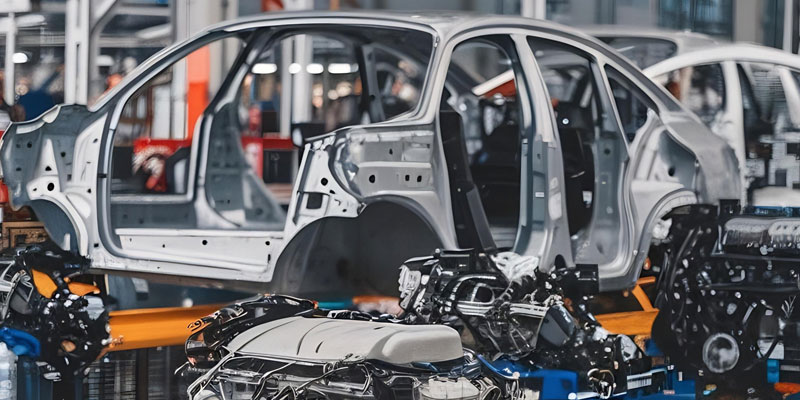Schedule a Call Back
Automotive industry is the prime beneficiary of the machine tools
 Interviews
Interviews- Jan 01,20

Related Stories

Toyota, Honda Step Up Investments to Make India Auto Hub
Japanese carmakers boost India presence as they cut dependence on China
Read more
Varroc appoints Avinash Chintawar as Chief Operating Officer
Varroc appoints Avinash Chintawar as COO to enhance operational efficiency and align with long-term strategic goals, focusing on sustainable growth.
Read more
Revolt Motors Welcomes Roy Kurian as President to Lead Future Growth
Revolt Motors reinforces its commitment to global leadership, aiming to be India’s No.1 electric motorcycle brand and a major player in sustainable mobility worldwide.
Read moreRelated Products

Precision Cutting Tools1
S S Trading Corporation offers a wide range of precision
cutting tools.

Slotting Head Unit for All Cnc Turn Mill Centers
Sphoorti Machine Tools Pvt Ltd offers a wide range of
slotting head unit for all CNC turn mill centers.

Slotted Tool Disc and Tool Holders
Prominent Machine Tools offers a wide range of slotted tool disc and tool holders.















